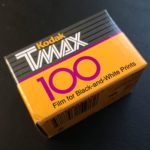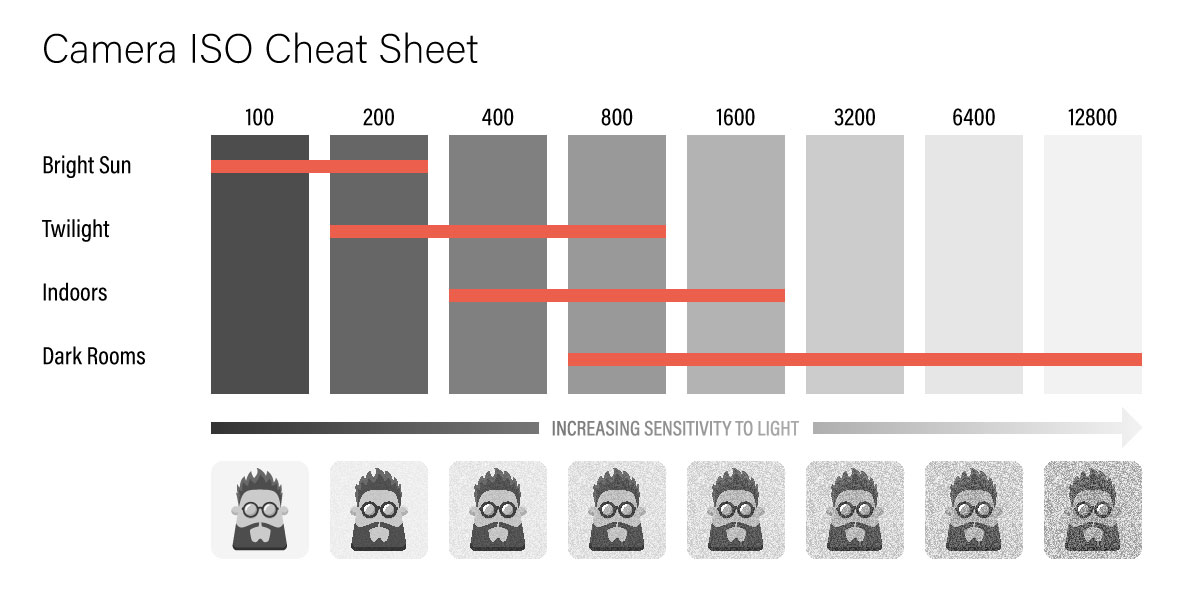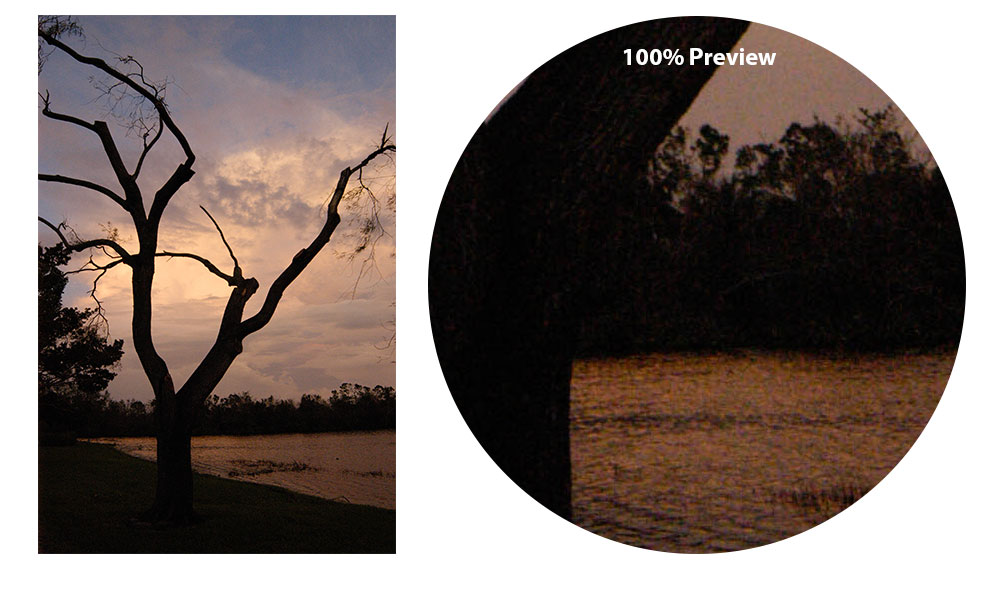- Questions?
- Contact
What is ISO
 The ISO setting on a dSLR helps determine how sensitive the camera’s sensor will be too light. Before the advent of the digital camera, film was rated with different ISO’s, and you would need to choose the correct film based on the situation you would be photographing in. Now, with digital cameras, you can instantly change the ISO setting to get the desired sensitivity from the camera’s sensor.
The ISO setting on a dSLR helps determine how sensitive the camera’s sensor will be too light. Before the advent of the digital camera, film was rated with different ISO’s, and you would need to choose the correct film based on the situation you would be photographing in. Now, with digital cameras, you can instantly change the ISO setting to get the desired sensitivity from the camera’s sensor.
The settings for ISO may vary from camera to camera, but typically it ranges from ISO 100 to ISO 12,800. ISO 100 is the least sensitive to light, which means you will need more light to correctly expose the image. This setting will also produce a better image when compared to a higher ISO as the camera has adequate time to expose the image and generate the image data needed to produce a well-saturated image. ISO 12,800 is the most sensitive to light. This setting will give you the ability to expose an image in very little light. However, the images at this ISO will have noise and be less saturated.
Understanding Sensor Noise
The above image was taken on a Nikon D100 Camera at ISO1600. On the left is the full image, and on the right is a 100% preview of the image. You can clearly see the noise that is introduced from the sensor in the image. This noise doesn’t mean the image is unusable, as you can see at smaller sizes the noise is undetectable to the eye, however, if you wanted to make a large gallery print it would become an issue. Finally, it can be difficult to see the noise on the camera’s preview screen, so it may not become evident until you are done shooting and processing the images–so it’s important to know your equipment.
 Choosing the correct ISO can be a challenge at times. It’s about finding a balancing act between the exposure of the camera and how sensitive the sensor needs to be. If you are out in a bright, sunny day, then ISO 100 to ISO 200 would be the optimum range. If you are indoors, in a well lit area, then you need to move to ISO 400 to ISO 1600. Once you start getting above ISO 1600 it becomes a personal call as to whether you can deal with the noise or not.
Choosing the correct ISO can be a challenge at times. It’s about finding a balancing act between the exposure of the camera and how sensitive the sensor needs to be. If you are out in a bright, sunny day, then ISO 100 to ISO 200 would be the optimum range. If you are indoors, in a well lit area, then you need to move to ISO 400 to ISO 1600. Once you start getting above ISO 1600 it becomes a personal call as to whether you can deal with the noise or not.


